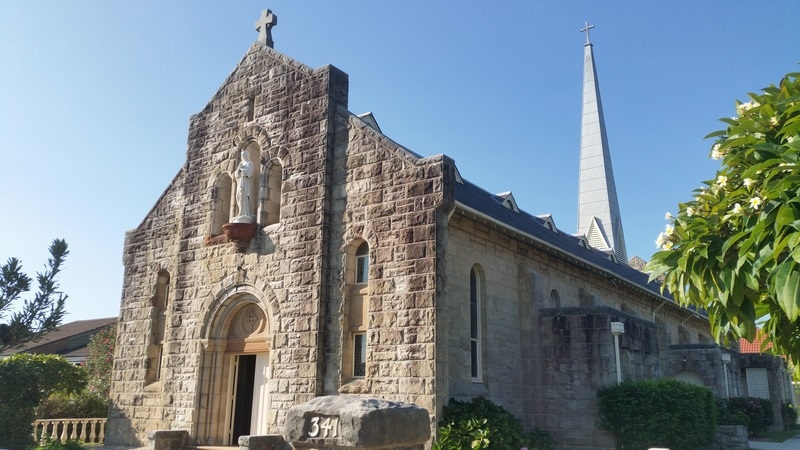Local history fast facts - O
A B C D E F G H I J K L M N O P Q R S T U V W X Y Z
OBELISKS. On the South Head Peninsula - see Navigation Markers and the South Head Road.
ODDFELLOWS HALL - No. 38 Queen St, Woollahra. Initiated by the 'Loyal Rose of Denmark, No 39 Lodge of the Manchester United Independent Order of Oddfellows', it was designed by architect John Frederick Hilly and built in 1870. It was restored in the 1970's by Leo and Ann Schofield.
OLIVE BANK VILLA - No. 33 Heeley Street, Paddington. On the west side of Heeley Street near Olive Street, Paddington, Olive Bank Villa was built by John Ely Begg in ca. 1868 in the former grounds of Engehurst. The building was secured by the Sydney Day Nursery Assoication in 1924 when it opened as the Easten Suburbs Day Nursery. It has continued to operate as an early childhood centre still run by the SDN Children's Services.
For more information please see the Woollahra Libraries Digital Archive.
OLD SOUTH HEAD ROAD - see Oxford Street, Paddington.
ORME - No. 5 Marathon Avenue, Darling Point. The building was established in 1875 and was substantially remodelled in the 1930s to the design of architects Josling and Gilling. It is now a mix of Gothic and Mediterranean Villa styles.
For more information please see the Woollahra Libraries Digital Archive.
ORMONDE LODGE - No. 4 Underwood Street, Paddington. In the depression of the 1840's, Robert Cooper, having overspeculated, was forced to move out of Juniper Hall and into a cottage (Ormonde Lodge) on this site - part of the original cottage can be seen in the entrance vestibule.
For more information please see the Woollahra Libraries Digital Archive.
OUR LADY STAR OF THE SEA CHURCH, Watsons Bay. A new Catholic Church at Watsons Bay was designed by architect Charles St Julien in Federation Romanesque (American) style and the foundation stone laid in 1909. The Church was opened on 10 June 1910. Further extensions were made 1929, 1940 and 1966, see St Anthony's.
For more information please see the Woollahra Libraries Digital Archive.

Our Lady of the Sea Church, 341 Old South Head Road, 2018. Woollahra Libraries Digital Archive, pf008146.
OXFORD STREET, Paddington. Oxford Street is the name now used for that section of the Old South Head Road which extends between Sydney City at Whitlam Square and Bondi Road at Bondi Junction.
A road of types existed to the South Head from as early as 1803, but in 1811 a new road was formed by a party of soldiers. A stone obelisk at Robertson Park, Watsons Bay marks the date of its completion. The Sydney Gazette, writing of the new road in May 1811, accurately foresaw that it would become a fashionable drive. A year later, the same source referred to the roadway as a 'beautiful avenue of recreation, either as a pleasant ride or promenade' which had been carved out of 'a wild and almost impenetrable scrub.'
The road was improved by Major Druitt in 1820. The South Head Road became Old South Head Road after a new road (New South Head Road) to South Head was constructed to the north of the existing roadway along the Harbour foreshore from 1831.
Old South Head Road was re-named as Oxford Street in stages, and by four different local government authorities (the City Council, and the Councils of the Municipalities of Paddington, Woollahra and Waverley) over a period of almost sixty years. The first section to be renamed was the City end, in 1875. Paddington Council then renamed the section between Boundary Street and Jersey Road in 1885, and in 1901 the section running from Jersey Road to Bondi Junction also became known as Oxford Street, following an agreement between the Municipalities of Woollahra and Waverley, for which the road formed the dividing line. The last section to be named was the length between Grosvenor Street and Bondi Road, in 1932.
For more information please see the Woollahra Libraries Digital Archive.